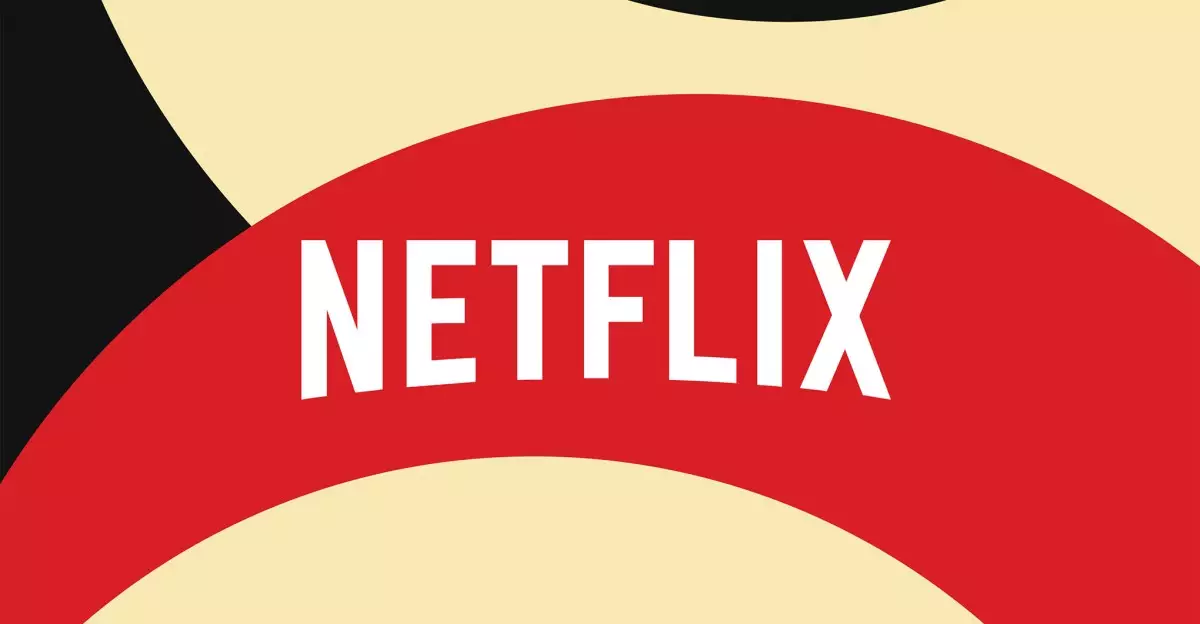In a remarkable shift that will please Samsung television enthusiasts, Netflix has officially integrated HDR10 Plus support into its streaming service. This enhancement allows viewers with Samsung TVs to experience a higher level of visual fidelity that leverages the television’s capabilities more effectively. Samsung’s decision to favor HDR10 Plus over Dolby Vision—an HDR format known for its sophisticated dynamic metadata—was strategic. Given Samsung’s substantial dominance in the global TV market, this move signifies a turning point for both the company and its users.
What is HDR10 Plus and Why Does It Matter?
HDR10 Plus, introduced by Samsung in 2017, seeks to optimize the viewing experience by making real-time adjustments to tone-mapping on a scene-by-scene basis. Unlike its counterpart, Dolby Vision, which utilizes dynamic metadata but comes with a licensing fee that can deter manufacturers, HDR10 Plus offers a cost-effective alternative. The format’s absence on Samsung TVs previously meant that viewers could only enjoy HDR content with HDR10, a static approach that compromises scene-specific brightness adjustments. This limitation was particularly noticeable in content with high contrast, where audiences may have experienced diminished visual engagement.
With approximately 50 percent of eligible viewing hours on Netflix now benefiting from HDR10 Plus, the service elevates the performance of Samsung’s devices, enabling viewers to witness richer colors and finer details that are essential to fully appreciating cinematic artistry.
The Impact on the Streaming Landscape
While many streaming services, including Prime Video and Disney Plus, have embraced HDR10 Plus, Netflix’s adoption of the format marks a significant leap forward in its competitive landscape. As the largest platform for streaming content, Netflix’s decision to support HDR10 Plus solidifies its commitment to enhancing the viewer experience. The integration of HDR10 Plus through the AV1 codec means that users will need compatible hardware, but given that most TVs produced over the past five years support this standard, the accessibility is becoming increasingly widespread.
Moreover, with plans to expand its HDR10 Plus library to encompass all HDR titles by 2025, Netflix is poised to dominate in the HDR marketplace. This move not only boosts the streaming quality of the existing content but also paves the way for creators to produce visually stunning works with HDR10 Plus in mind.
Samsung’s Strategic Edge
Samsung’s nearly 30 percent market share in the global television sector amplifies the significance of this move. By promoting HDR10 Plus, Samsung not only enhances the viewing experience for its users but also solidifies its brand position as a leader in innovation. As the competition heats up with emergent players in the streaming space, Samsung’s exclusive focus on HDR10 Plus offers a refreshing alternative to the industry’s Dolby Vision dominance.
This strategic emphasis on maximizing the visual output of its products aligns well with consumer demand for high-quality viewing experiences. As more individuals invest in smart TVs, Samsung’s commitment to HDR10 Plus can stimulate further growth in its consumer base, which may have previously hesitated due to limited streaming options.
Netflix’s recent move to support HDR10 Plus is not just a technical upgrade but a celebrated advancement for Samsung TV owners, enriching their viewing experience in ways previously diminished by comparable formats. As the streaming battle continues, the landscape casts a spotlight on how meaningful partnerships and technology can reshape entertainment consumption.

